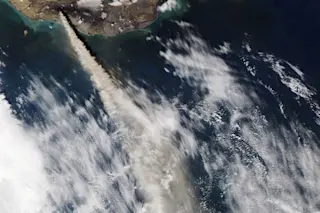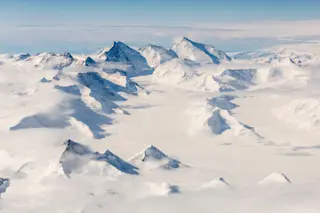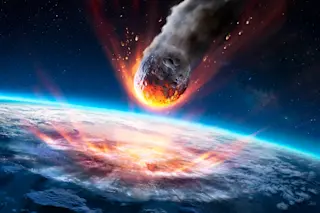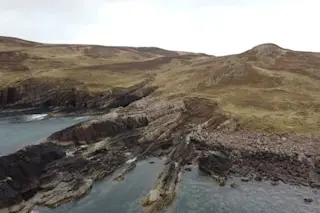The 2010 eruption of Iceland's Eyjafjallajökull. Image: NASA Earth Observatory, taken May 10, 2010. I noticed an article over on Discovery News titled "Top 5 Volcano Questions Solved". Now, I don't know if I agree with their choices of the "top 5 volcano questions", but it go me thinking, if these are the "solved" questions, what are the outstanding questions? As with any list like this, the ranking of questions is horribly subjective and considering I'm a petrology and a volcanologist, interested in both the physical event of eruptions and the evolution of magma in the crust, my questions are skewed towards the fundaments of magmas (as opposed to "which volcano erupted when"). If you disagree with my choices, add your thoughts in the comments -- always a lively discussion when we can ponder the multitude of mysteries to solve in volcanology. My Top 5 Volcano questions:1. How is magma ...
Top 5 Unanswered Questions in Volcanology
Discover how magma is stored under a volcano and what mysteries surround this fundamental question in volcanology.
More on Discover
Stay Curious
SubscribeTo The Magazine
Save up to 40% off the cover price when you subscribe to Discover magazine.
Subscribe













